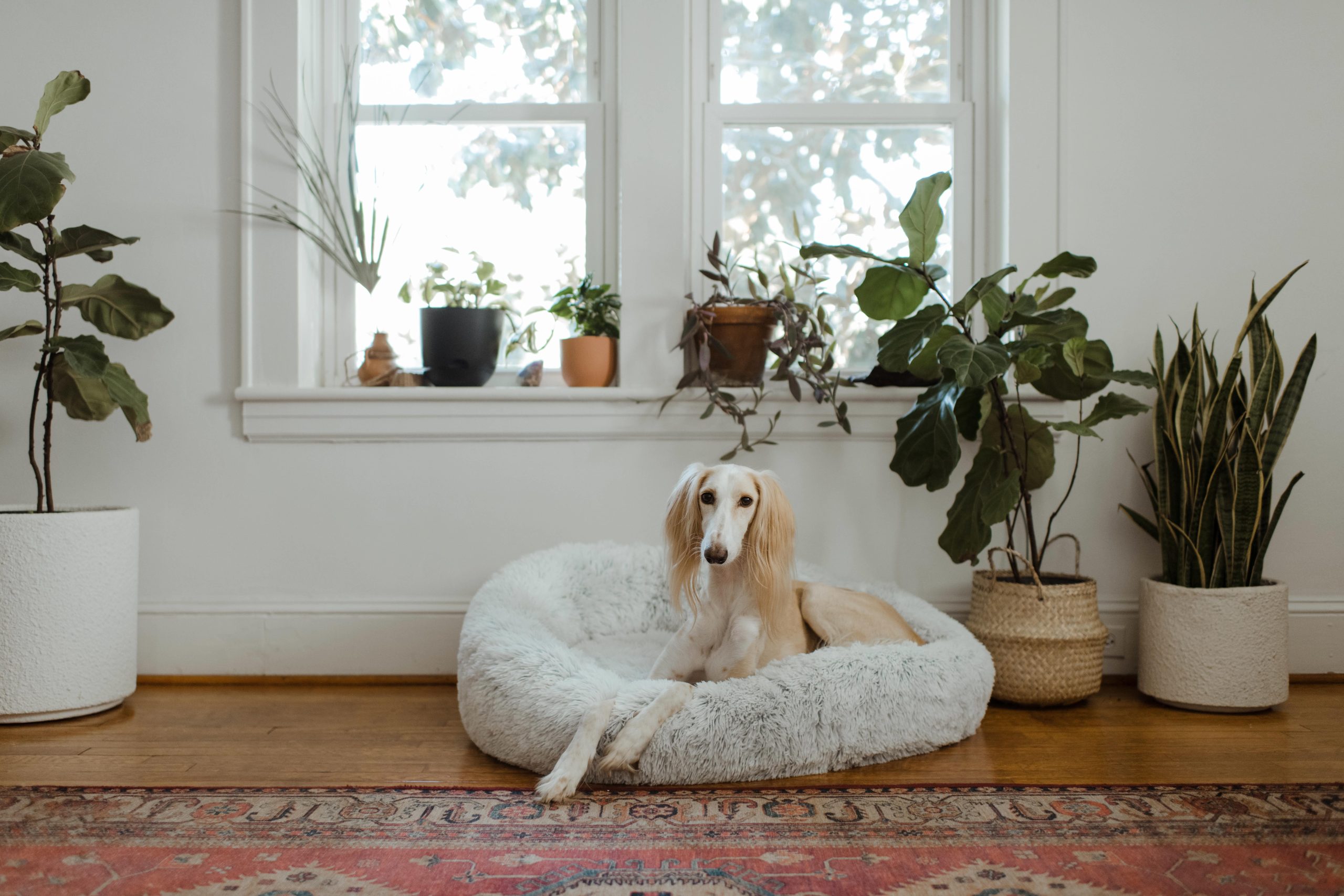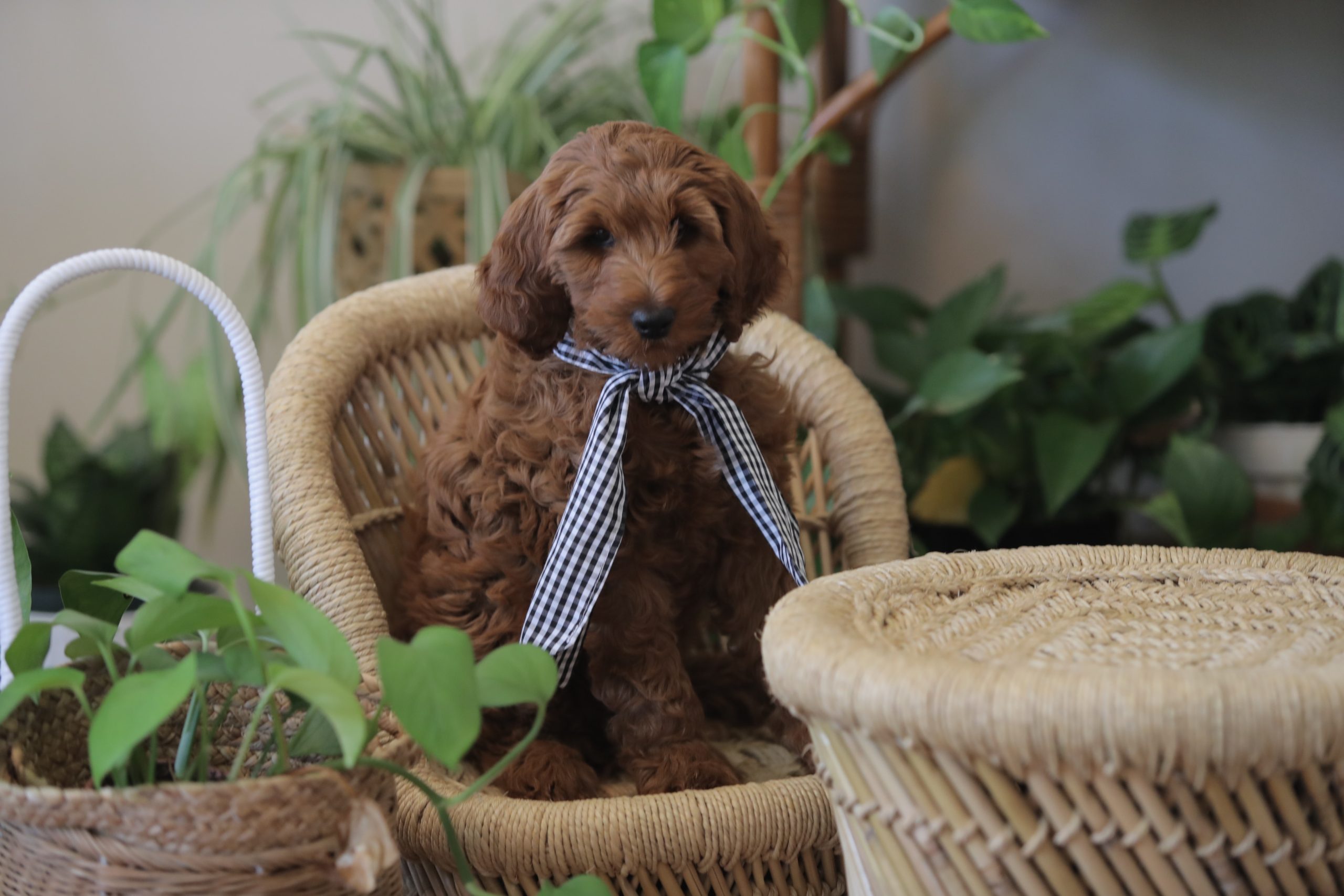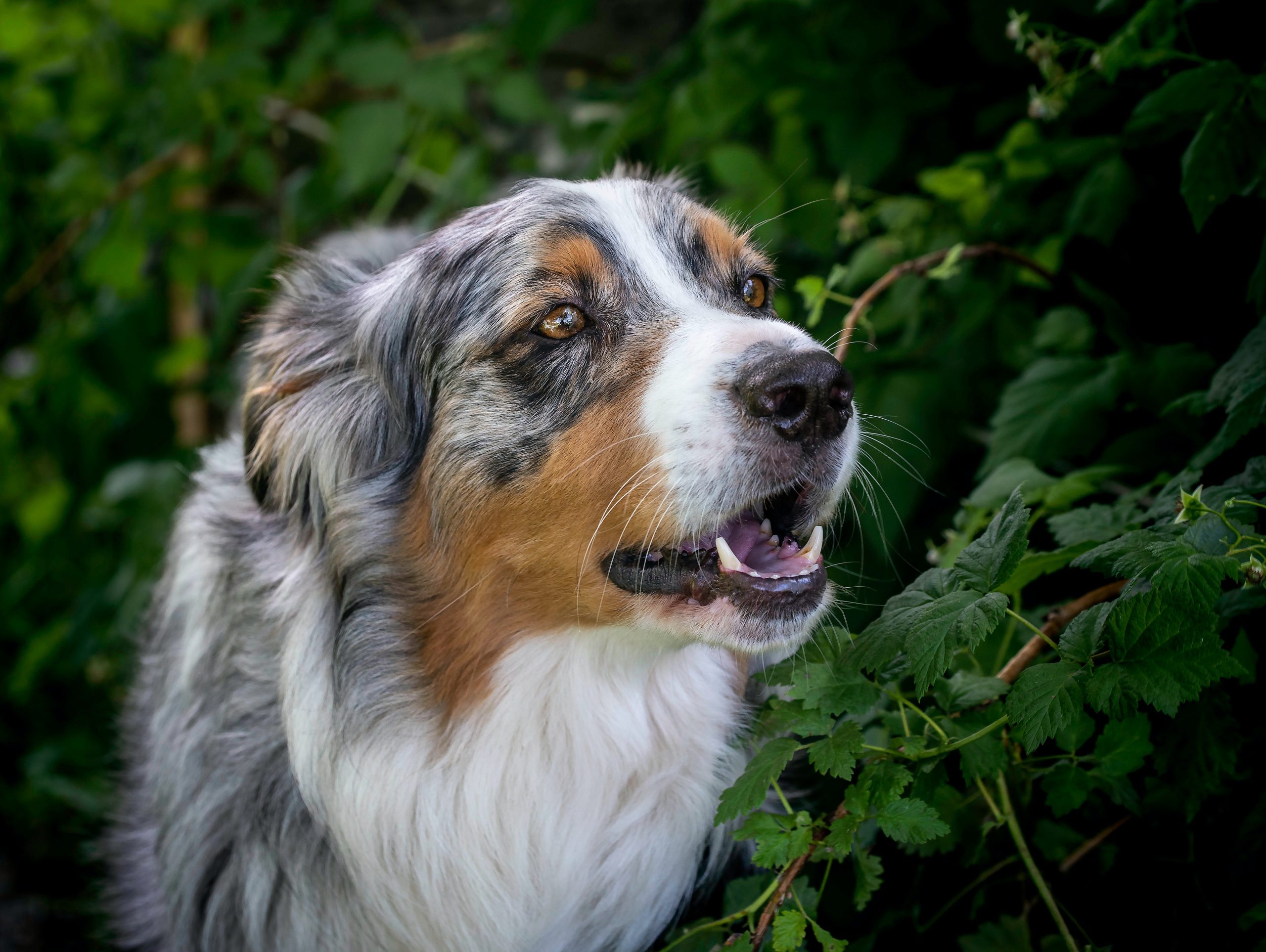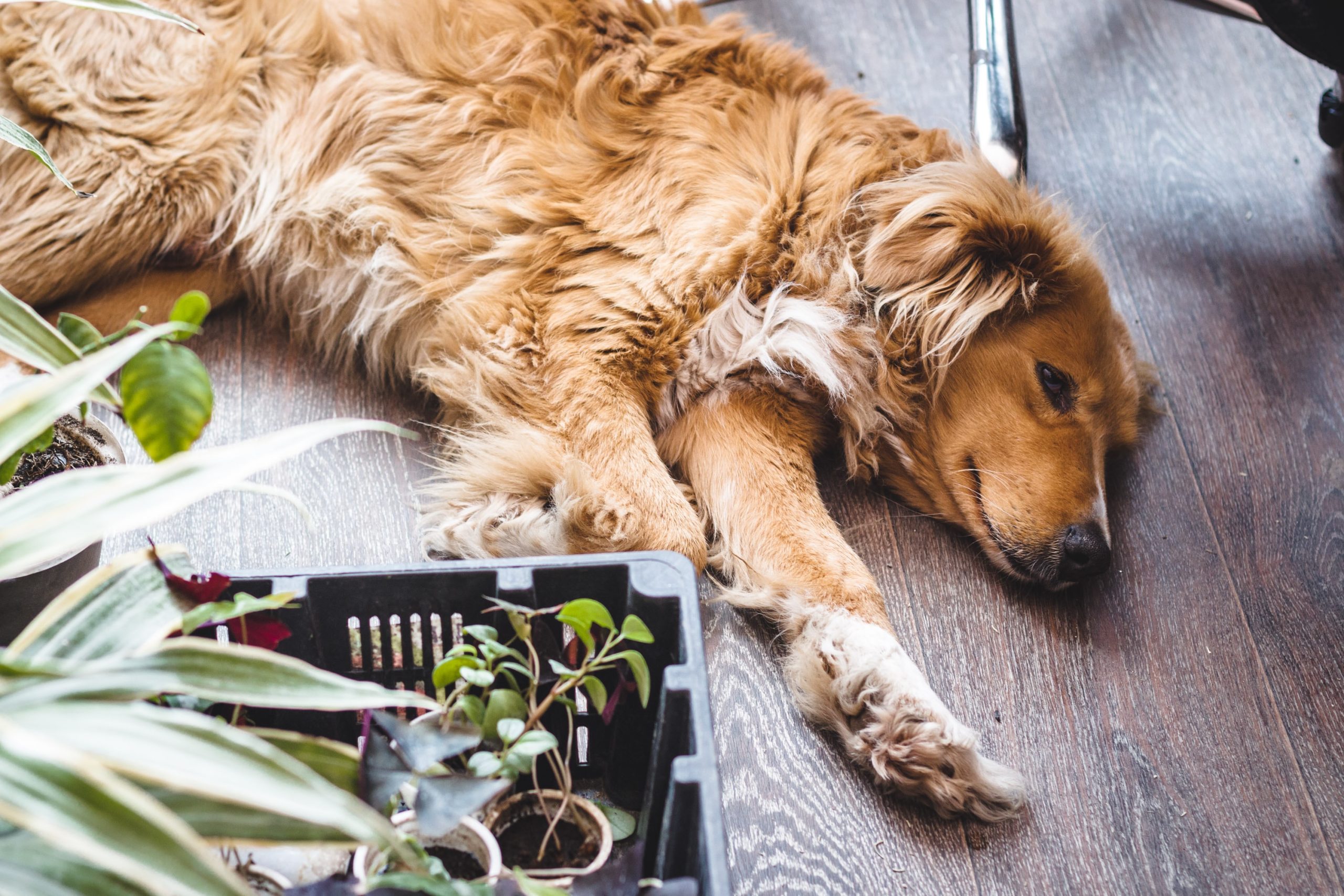Dog-Friendly Plants and Gardens
A comprehensive guide to creating a safe and dog-friendly garden, including a detailed list of dog-safe plants and tips for protecting pets from potential garden hazards.
Introduction
Creating a safe outdoor environment for dogs is crucial for their well-being and health. This includes ensuring that the garden contains plants that are non-toxic and safe for pets. Dog-friendly gardens not only provide a secure space for pets to explore but also contribute to a healthier and happier lifestyle for both dogs and their owners.
Highlighting the Significance of Safe Outdoor Plants for Dogs
It’s important to choose outdoor plants carefully, as some may be harmful to pets if ingested. Fortunately, there are numerous dog-safe plants that can be incorporated into a garden to enhance its appeal while ensuring the safety of furry companions. By understanding the types of plants that are safe for dogs and taking the necessary precautions, pet owners can create an environment that is both aesthetically pleasing and secure for their canine friends.
Dog-Safe Plants for Your Garden
Detailed List of Dog-Friendly Plants, including camellia, dill, marigolds, fuchsias, and more. When selecting plants for a dog-friendly garden, it’s essential to consider their safety for pets. Some examples of dog-safe plants include camellia, dill, marigolds, and fuchsias, among others. These plants not only add beauty to the garden but also provide a safe environment for dogs to roam without the risk of exposure to toxic elements. Moreover, these plants are readily available at local home and garden stores or online, making them easily accessible for pet owners.
Emphasizing the Importance of Choosing Safe Plants for Pets in the Garden
The availability of dog-safe plants at local stores or online makes it convenient for pet owners to select and incorporate these plants into their gardens. By prioritizing the use of non-toxic plants, such as those mentioned, pet owners can ensure a secure and enjoyable outdoor space for their dogs. It’s essential to be mindful of the specific plants chosen for the garden to promote the well-being and safety of pets.
Creating a Dog-Friendly Garden
Selecting Dog-Friendly Plants for Specific Regions like Central Florida
In regions with specific climates, such as Central Florida, it’s important to choose plants that are not only safe for dogs but also well-suited to the local environment. For instance, in Central Florida, pet-friendly plants like Camellia, Magnolia, Rosemary, and others can thrive while providing a safe outdoor space for pets. Being mindful of regional considerations ensures that the selected plants not only benefit the garden but also cater to the well-being of pets.
Tips for Creating a Safe and Enjoyable Garden Environment for Dogs
Creating a dog-friendly garden involves more than just choosing the right plants. It also requires thoughtful planning to ensure that the garden provides a safe and enjoyable environment for pets. This can include designating play areas, installing secure fencing, and incorporating interactive elements that cater to the needs of dogs. By considering the specific requirements of pets, pet owners can create a space that promotes both safety and enjoyment for their furry companions.
Importance of Choosing Non-Toxic Plants, such as camellia, magnolia, rosemary, and others Suitable for Pets
When planning a dog-friendly garden, the selection of non-toxic plants is paramount. Plants like Camellia, Magnolia, Rosemary, and others not only contribute to the aesthetics of the garden but also ensure the safety of pets. By prioritizing the use of these non-toxic plants, pet owners can create an environment where dogs can freely explore without the risk of exposure to harmful elements.
Potential Dangers and Precautions in the Garden
Identifying Potential Dangers to Pets in the Garden, including harmful fertilizers, pesticides, and natural additives to soil
While selecting dog-safe plants is essential, it’s equally important to be cautious of potential hazards that can exist in the garden environment. This includes being mindful of harmful fertilizers, pesticides, and natural additives to soil that may pose risks to pets. By being aware of these potential dangers, pet owners can take proactive measures to safeguard their pets from inadvertent exposure to harmful substances in the garden.
Tips for Protecting Pets from Ingesting Harmful Toxins in the Garden. Taking precautions to protect pets from ingesting harmful toxins in the garden is vital for their well-being. This can involve measures such as placing indoor containers in inaccessible areas, using fencing around potentially hazardous plants, and being mindful of the types of plants and substances used in the garden. By implementing these protective measures, pet owners can create a secure outdoor environment that minimizes the risk of pets ingesting harmful substances.
Importance of Being Cautious with Fertilizers, Pesticides, and Soil Additives
The use of fertilizers, pesticides, and soil additives in the garden requires careful consideration, especially in a dog-friendly environment. It’s crucial to select pet-safe products and to apply them in a manner that minimizes the risk of exposure to pets. By being cautious with the use of these substances, pet owners can maintain a garden that not only flourishes but also prioritizes the safety of their canine companions.
Caring for Dog-Safe Plants
Advice on Planting and Caring for Dog-Safe Plants to Ensure Pet Safety
Caring for dog-safe plants involves understanding the specific requirements of these plants to ensure their well-being and longevity. This includes considerations such as proper watering, adequate sunlight, and appropriate soil conditions. By following guidelines for planting and caring for dog-safe plants, pet owners can maintain a garden that thrives while providing a safe environment for their pets.
Emphasizing the Importance of Using Safe Mulch and Avoiding Toxic Chemicals in the Garden In addition to selecting dog-safe plants, it’s important to be mindful of the materials used in the garden. This includes using safe mulch and avoiding toxic chemicals that may pose risks to pets. By prioritizing the use of safe materials, such as pet-friendly mulch and non-toxic substances, pet owners can further enhance the safety of the garden environment for their dogs.
Tips for Maintaining the Health and Well-being of Dog-Friendly Plants
Maintaining the health and well-being of dog-friendly plants involves regular care and attention. This can include tasks such as pruning, fertilizing with pet-safe products, and monitoring the overall condition of the plants. By dedicating time to the maintenance of dog-friendly plants, pet owners can ensure that the garden remains a secure and inviting space for their pets.
Conclusion
In conclusion, creating a safe outdoor environment for dogs through dog-friendly gardens is essential for promoting the well-being and safety of pets. By carefully selecting dog-safe plants, being mindful of potential dangers, and maintaining a garden that prioritizes the needs of pets, pet owners can establish a space that not only flourishes but also provides a secure and enjoyable setting for their canine companions.




